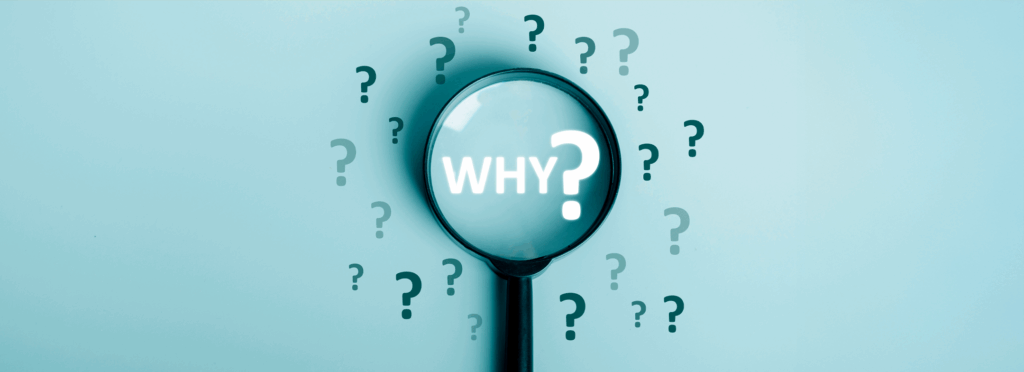Know Your Why: Discover Your WHY, So Your WHAT Makes an Impact

In education, our purpose often begins with a story. Maybe it was a meaningful interaction, a personal turning point, or a moment that sparked something deeper. That initial sense of purpose is what draws many into this work. It also helps us lead with clarity, consistency, and heart.
OBJECTIVES
- Reflect on your purpose as a leader
- Reconnect with the “why” behind your work
- Create space for staff to explore their purpose
- Strengthen culture through shared clarity
As the school year picks up momentum, it’s easy to shift focus to logistics, deadlines, and problem-solving. But when we return to our “why,” we lead with greater intention. Purpose acts as a compass, helping us navigate complex decisions and stay grounded in what matters most.
This idea comes to life in Simon Sinek’s video, The Impact of Finding Your WHY. He explains that knowing your why is not just about motivation. It gives direction. It is your internal compass that shapes how you show up and make decisions each day.
A similar message appears in a short clip by Michael Jr., Know Your Why. In it, a singer performs the same song twice. The first version is technically excellent. The second is filled with meaning and emotion. The difference is unmistakable. When we understand our purpose, our impact becomes deeper and more authentic.
Start With Your Why, Then Share It
As a school leader, your sense of purpose influences your team and your culture. When you are grounded in that purpose, your leadership becomes more intentional and more connected.
Take time to reflect. Invite your team to do the same using these three questions:
Why education?
What called you to this profession? What belief or experience brought you into this work in the first place?
Why this school?
What connects you to this specific community? What do you value about this team, these students, and the vision you are building together?
Why me?
What do you uniquely bring to the work? What strengths, perspectives, or values shape how you lead and support others?
These questions help move the conversation from broad purpose to personal connection. You might explore them during a leadership meeting, a staff check-in, or as part of a professional learning session. Whether shared aloud or reflected on individually, they can surface insight and strengthen your schoolwide sense of mission.
When educators reflect on their why, they often find clarity, alignment, and renewed motivation. Purpose reminds us that we are not just moving through tasks. We are creating environments where people grow and thrive.
Your vision will become clear only when you can look into your own heart. Who looks outside, dreams; who looks inside, awakes.
-Carl Jung
Why This Matters
Reconnecting with purpose helps leaders make clearer decisions and build stronger teams. It keeps the focus on what matters most, even when the work becomes demanding. When a team understands and shares its collective why, the work becomes more meaningful and more unified.

About the Author
Dr. Matt Coleman is the CEO of Inflexion, where he leverages his deep-rooted expertise in school systems change to drive impactful educational reform. With a career spanning various roles—from educational assistant to assistant superintendent—Matt’s experience encompasses every level of secondary education.






Responses